ECOSTAN® Moving Towards a Sustainable Future With Biomass Briquettes
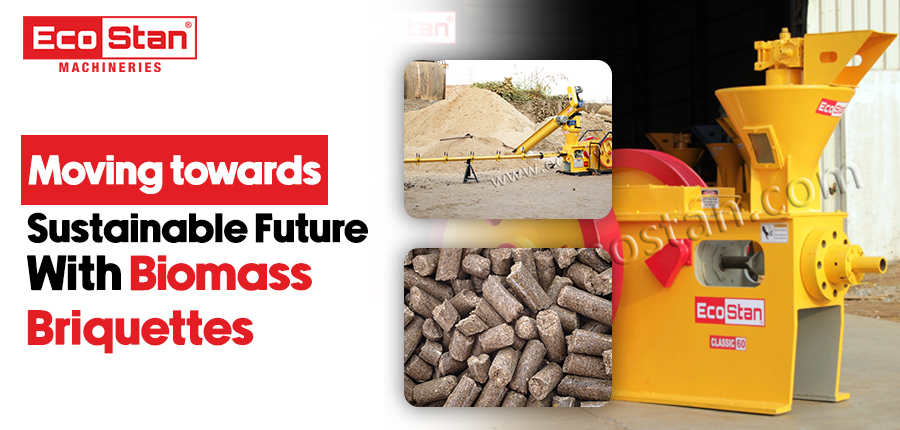
Biomass briquettes are an eco-friendly alternative to fossil fuels. You can prepare them using organic waste materials such as sawdust, agricultural waste, and forestry residues. They are a sustainable energy source, as the waste materials you use to prepare them are renewable and abundant.
Using biomass briquettes as a fuel source can significantly reduce our dependence on non-renewable resources like coal, oil, and natural gas. In addition to being a cleaner-burning fuel, they emit fewer pollutants and greenhouse gasses, which can help reduce the impact of climate change.
Biomass briquettes also help reduce the amount of waste going to landfills. It also contributes to creating a circular economy, where you can create a helpful product using waste materials.
A Possible future Substitute for Sustainable Energy Source- Biomass Briquettes:
Biomass is any plant- or animal-based material that you can use to burn as fuel. Waste from forestry, agriculture, and wood products are all included in this. A safe energy source that anyone can use as fuel directly is biomass. It is essential to give it further processing to improve its usefulness and effectiveness, for example, by creating biomass briquettes or pellets.
The availability of raw materials is the primary reason behind the growth of biomass briquettes as a significant source of renewable energy in many countries.
There are several benefits of using biomass briquettes for a sustainable future:
Biomass briquettes are a promising alternative to traditional fossil fuels, offering numerous benefits that make them viable for a sustainable future.
Here are some of the benefits of biomass briquettes:
Renewable and Abundant: The raw materials used to make biomass briquettes are organic waste, such as sawdust, agricultural waste, and forestry residues. These materials are renewable and abundant, making biomass briquettes a more sustainable source of energy in comparison to non-renewable fossil fuels.
Cleaner-Burning: Biomass briquettes emit fewer pollutants and greenhouse gases when burned, making them a more environmentally friendly option compared to fossil fuels. They can help reduce the impact of climate change and improve air quality.
Reduces Landfill Waste: Using waste materials for making biomass briquettes help to reduce the amount of waste going to landfills. This reduces the amount of methane produced by landfills, a potent greenhouse gas contributing to climate change.
Cost-Effective: In rural areas where traditional fuel sources like coal or propane are not readily available, biomass briquettes can be a more cost-effective solution. You can easily prepare Biomass briquettes using a briquette machine. This will reduce transportation costs and create new job opportunities in the production and distribution of fuel.
Versatile: You can use Biomass briquettes for various applications, including cooking, heating, and power generation. Briquettes are helpful in multiple industries, from small-scale applications in rural areas to large-scale industrial applications.
Carbon Neutral: Biomass briquettes are also known as carbon neutral, as the carbon emits during burning is equal to the amount absorbed by the raw materials during growth. This makes them a more sustainable option than fossil fuels, which emit carbon stored underground for millions of years.
How a briquetting machine contributes to creating a sustainable future:
Briquetting machine is an equipment in which you can compress waste materials such as agricultural residues, municipal solid waste, and forestry waste into briquettes. After that, you can use these briquettes as fuel. This process helps reduce waste, create a sustainable energy source, and mitigate the negative impact of waste on the environment.
The process of making briquettes using a briquette machine typically involves the following steps:
Collect and prepare the raw materials: You can use raw materials for making biomass briquettes, including agricultural waste, forestry waste, or other types of biomass. You need to collect and prepare these materials before processing them. This process involves chopping or shredding the materials to a suitable size.
Load the raw materials into the briquette machine: After preparing the raw material, load it into the hopper of the briquette machine. The machine may have a screw feeder that feeds the raw materials into the compression chamber or cylinder.
Compression: Once the raw materials are inside the compression chamber, the briquette machine applies pressure to compress the materials into a solid briquette. The intensity of pressure will depend on the type of raw materials, as well as the design of the briquette machine.
Cooling and solidifying: After the briquette machine applies compression, you can remove the briquettes from the machine and keep them aside to let them cool and solidify. You can achieve this by leaving them to cool in the open air. There are other methods as well, such as using a cooling system or water-cooling tank.
Packaging: The final step is to pack the briquettes for storage or transportation. Depending on their use and the customer’s requirements, you can pack them in bags or boxes.
Conclusion: Making biomass briquettes using a briquette machine is relatively simple. Depending on the user’s needs, you can carry out this process on a small or large scale. It offers a sustainable way to dispose of waste materials while producing a valuable energy source. Making sure you are purchasing excellent biomass briquette machines may be difficult if you’re not an industry specialist. You can easily ensure the quality by buying biomass briquettes from a reputable vendor like Ecostan.

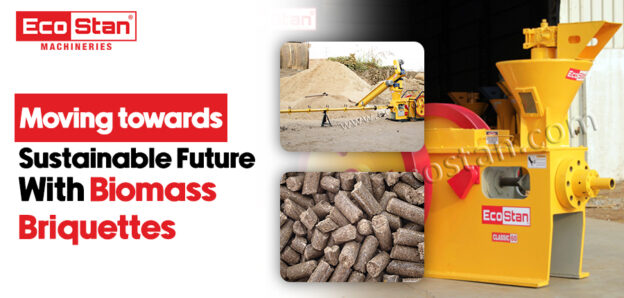
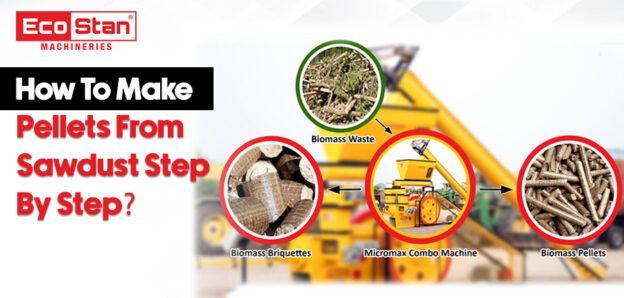
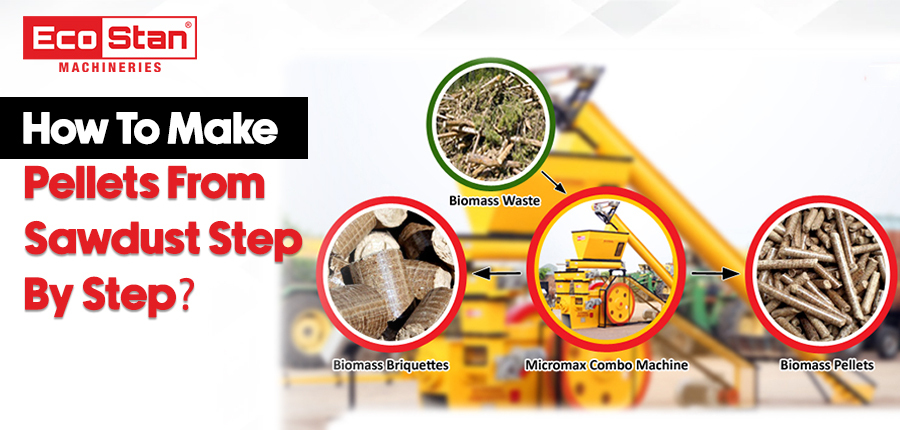
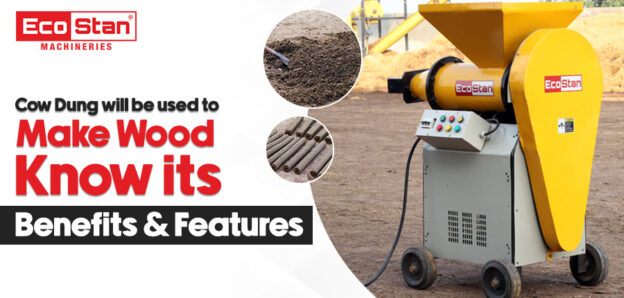
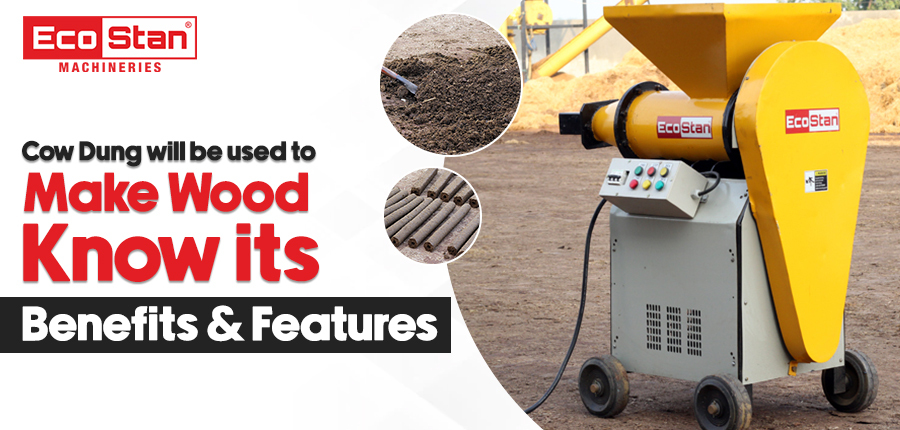
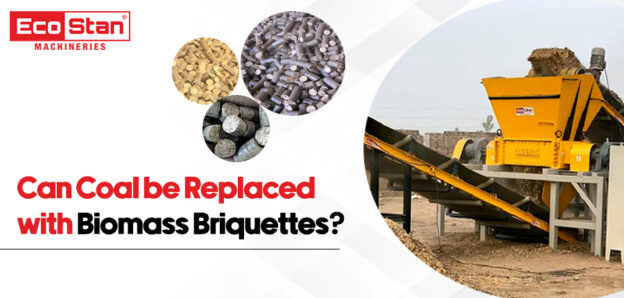
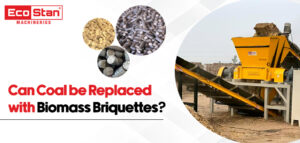
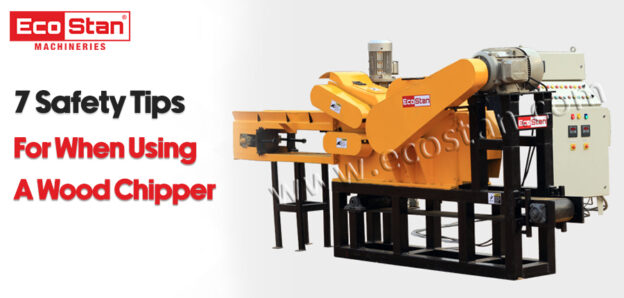
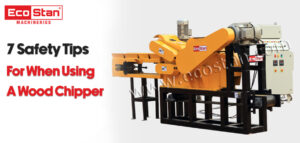
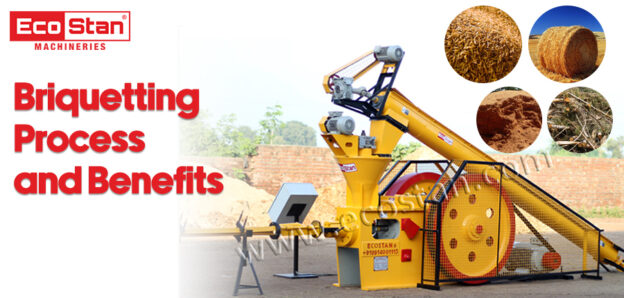
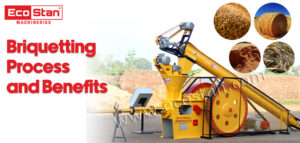
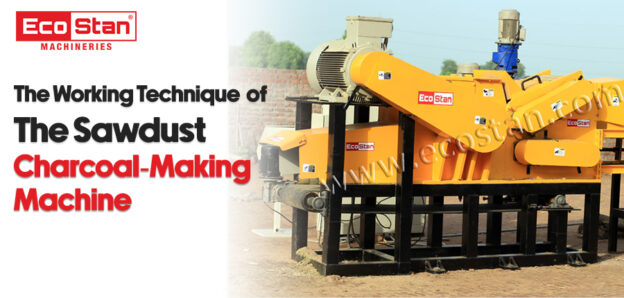
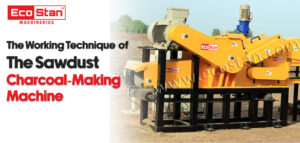
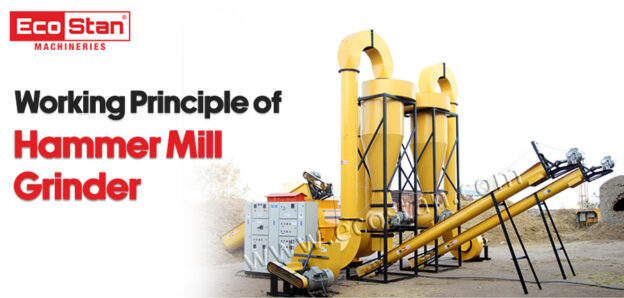
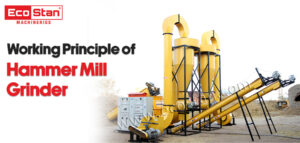
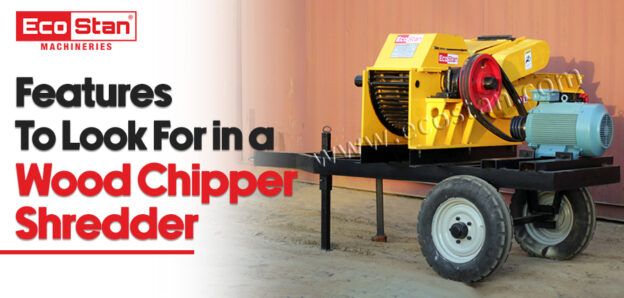
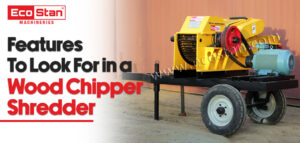
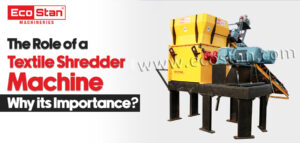
 Click to Play Video
Click to Play Video